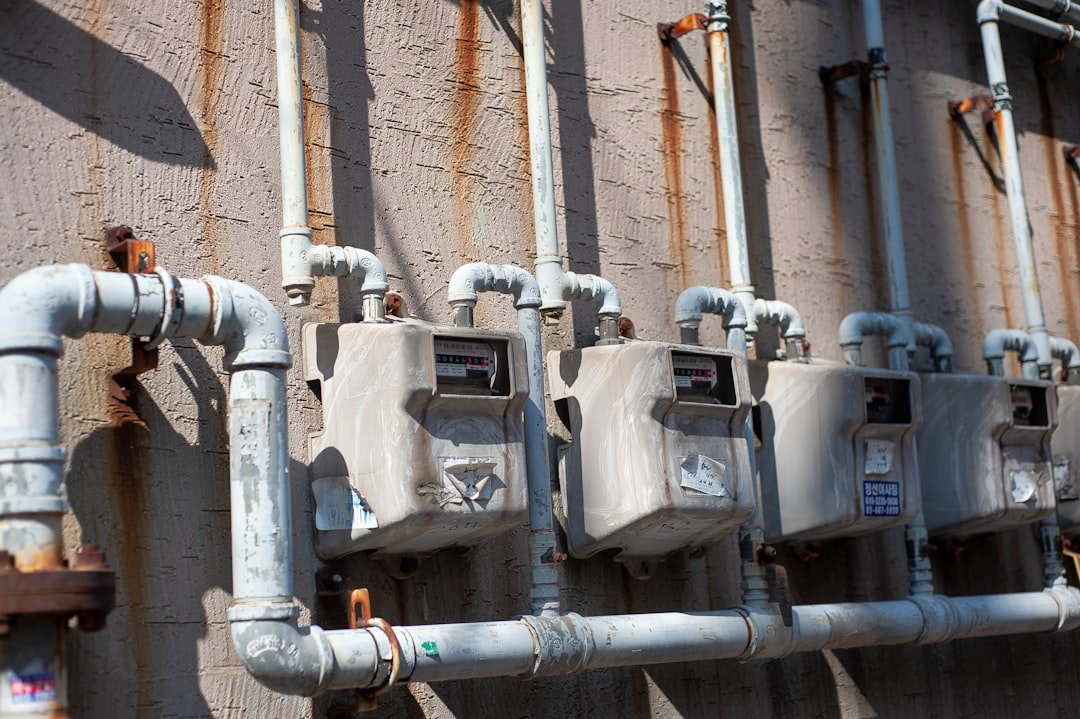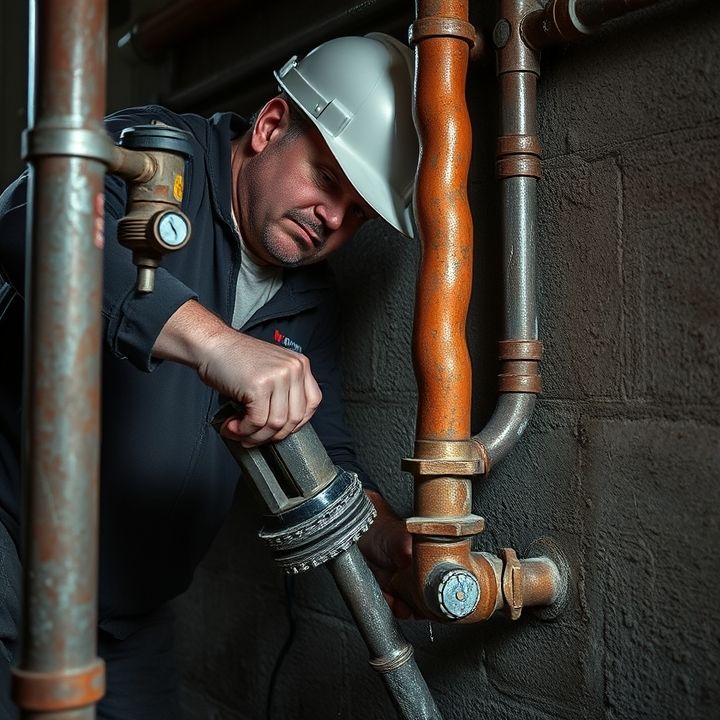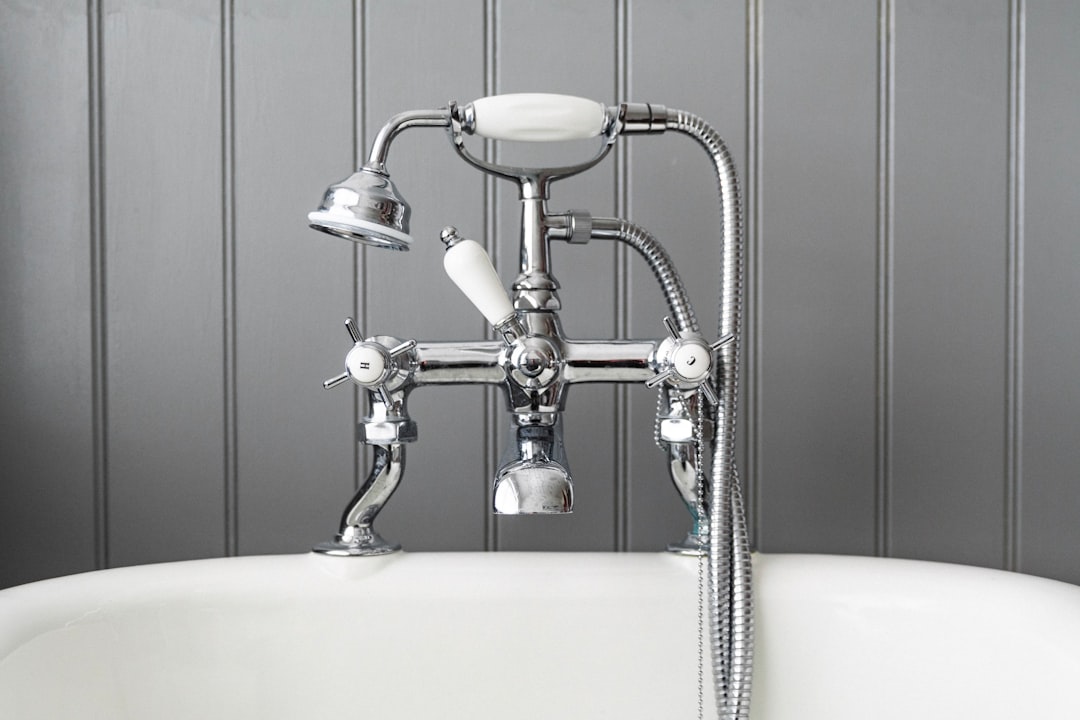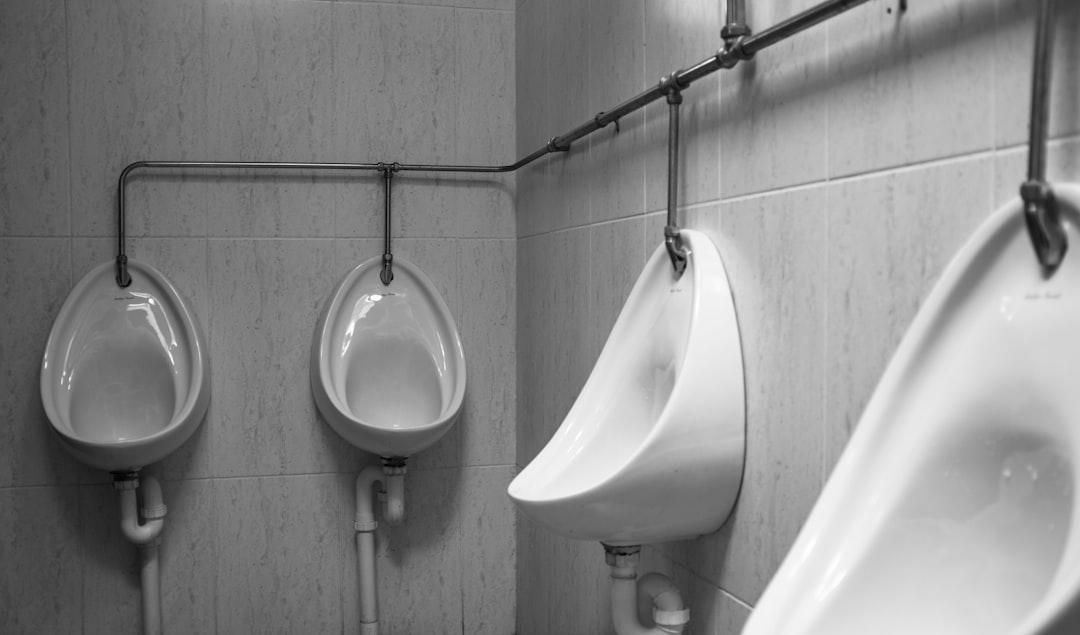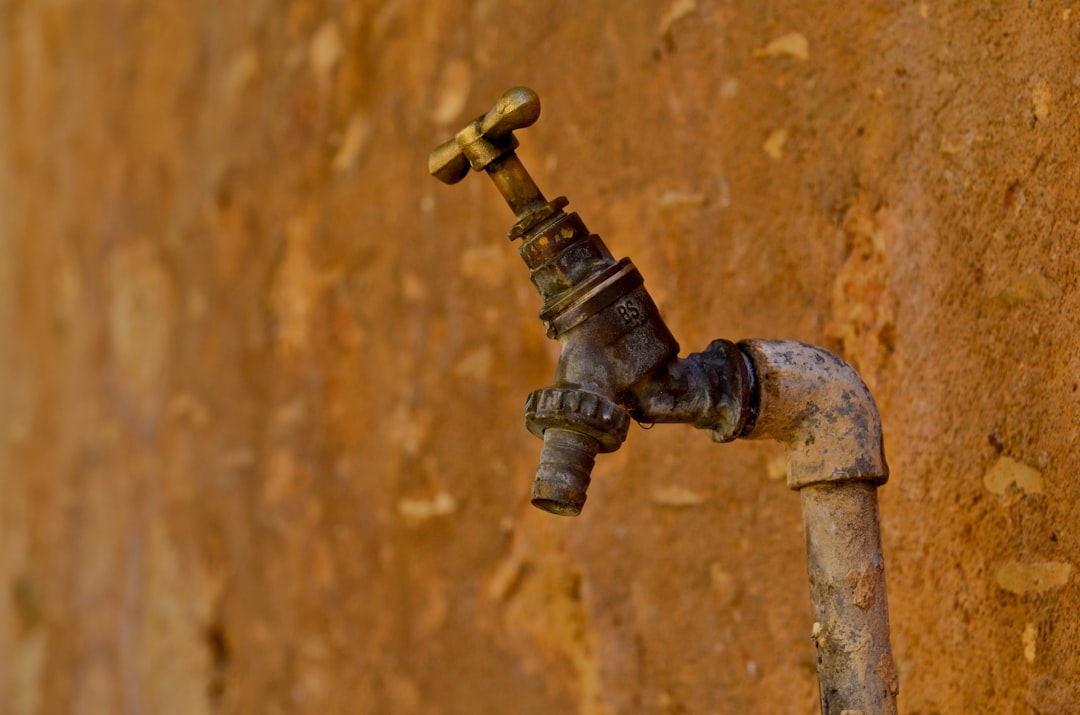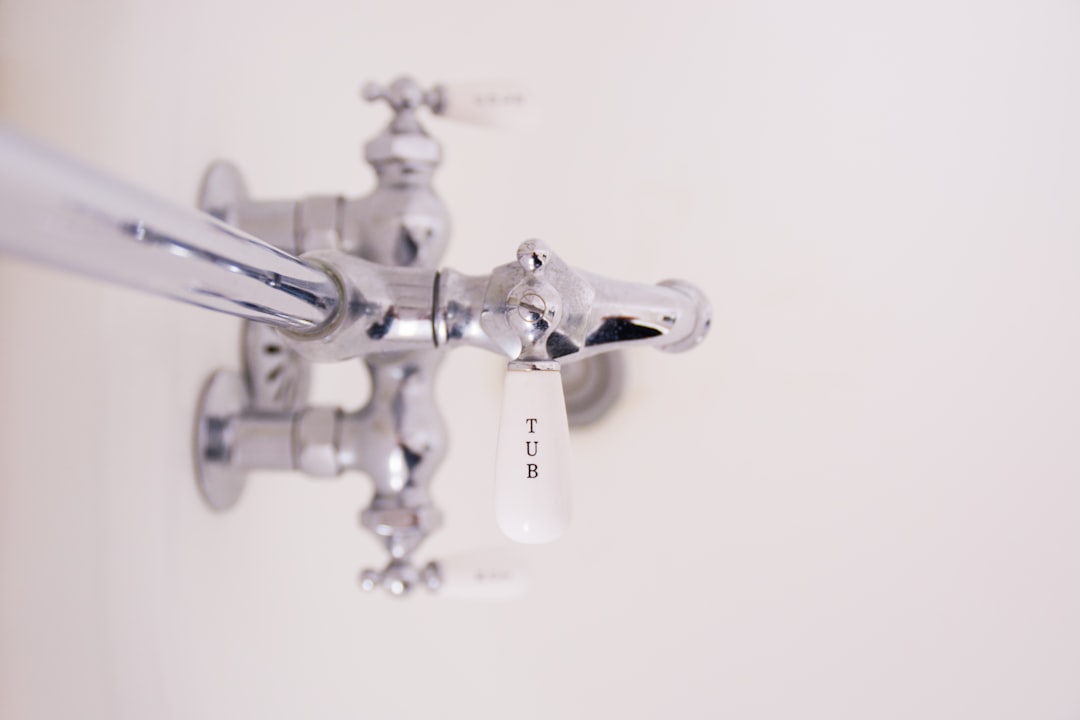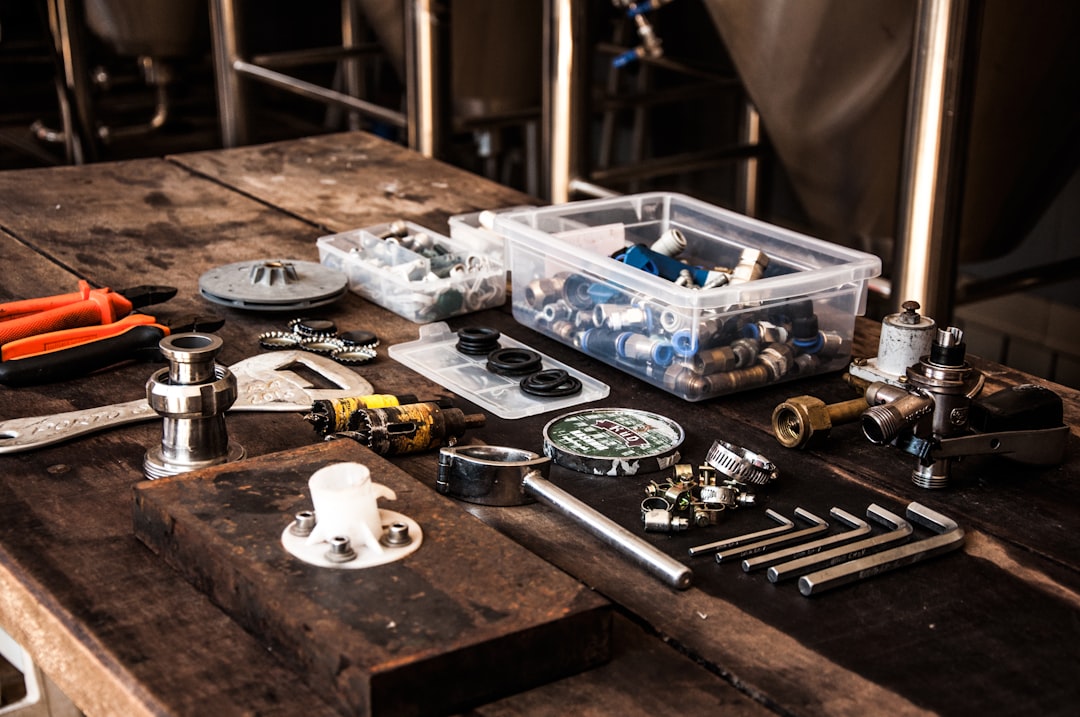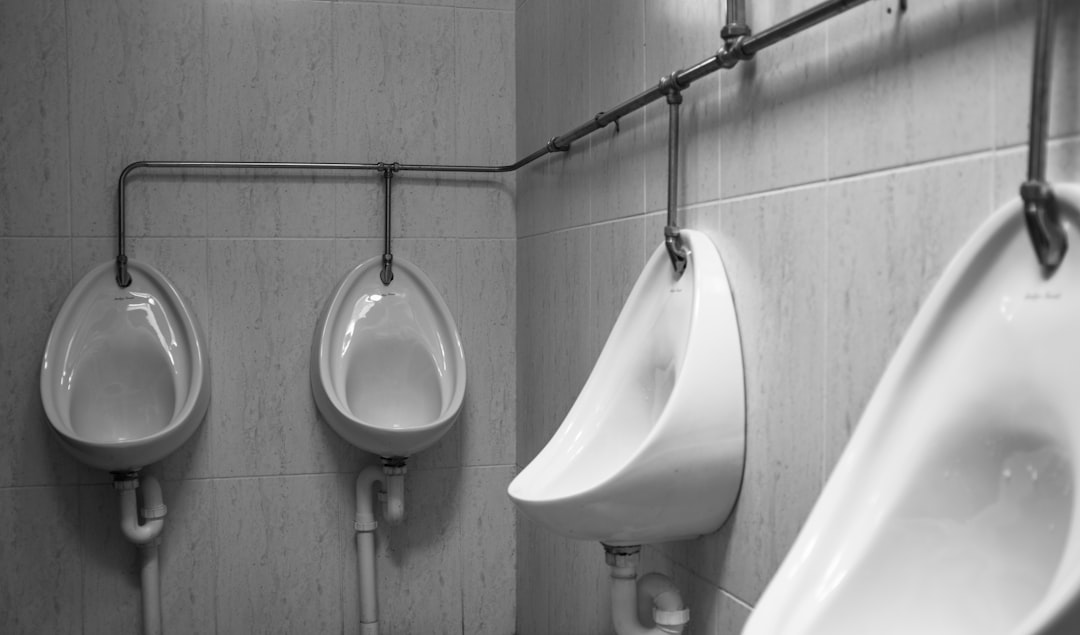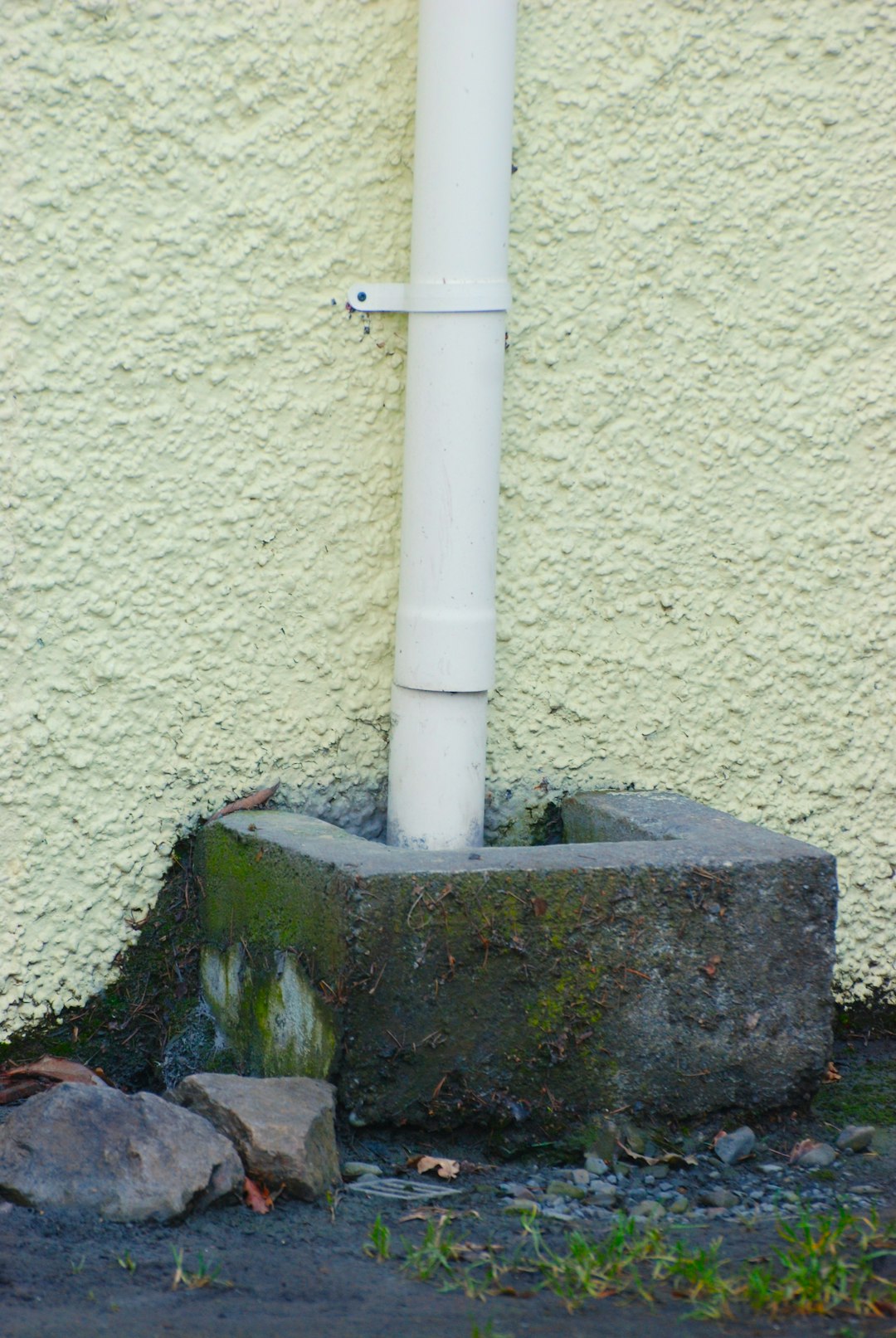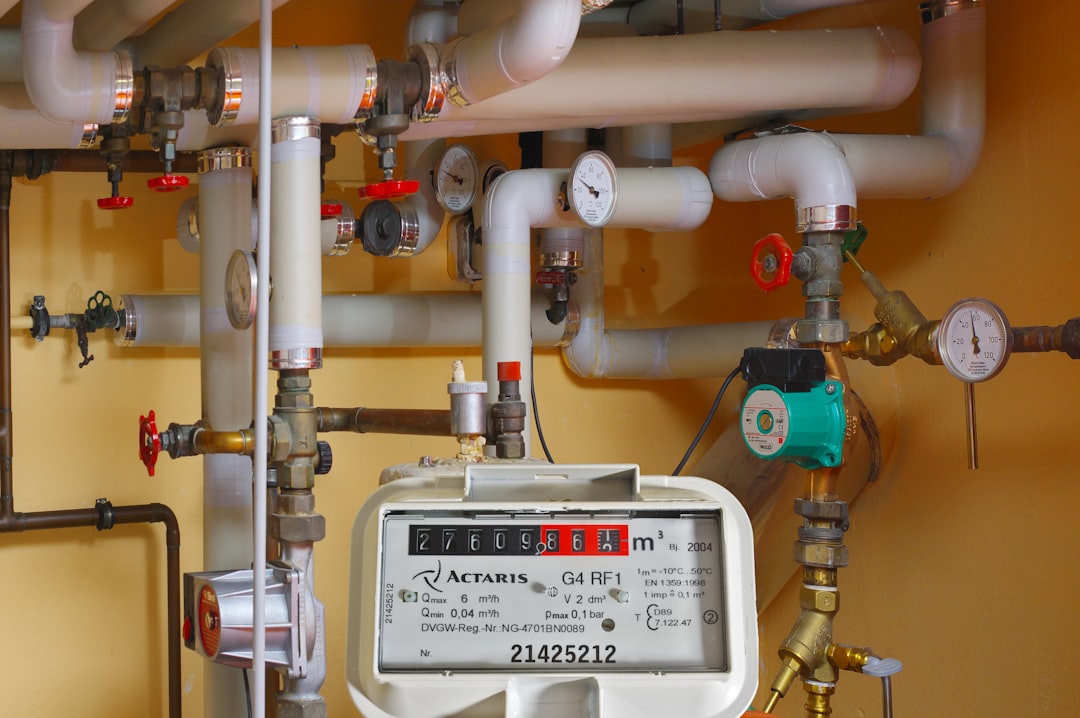Table of Contents
- Introduction
- Overview of plumbing pipe replacement and its importance
- Process of plumbing fixture installation and common types
- Steps in plumbing valve repair and maintenance tips
- Essential plumbing emergency services and response time
- Techniques and tools used in plumbing drain cleaning
- Significance of plumbing water heater service and maintenance
- Understanding plumbing sewer line repair and common issues
- Plumbing leak detection methods and technologies
- Conclusion
- Frequently Asked Questions
Introduction
Imagine waking up to find your kitchen sink gushing water or discovering a hidden leak in your bathroom. These plumbing challenges can be daunting, but they don’t have to be!
Welcome to “Plumbing Mastery: Comprehensive Solutions for Every Home Challenge,” where we delve into the intricacies of home plumbing, equipping you with the knowledge and skills to tackle any issue that arises. From minor repairs to major installations, our guide is designed to demystify plumbing systems and provide you with effective solutions that save time, money, and stress.
Whether you’re a DIY enthusiast looking to expand your repertoire or a homeowner seeking practical tips, this article will cover a range of topics to ensure you feel confident in handling your plumbing needs. Join us as we explore expert insights, best practices, and common pitfalls, helping you transform plumbing disasters into small repairs you can conquer with ease.
Overview of plumbing pipe replacement and its importance
Plumbing pipe replacement is a crucial aspect of maintaining a functional and efficient plumbing system. Over time, pipes can deteriorate due to corrosion, leaks, or clogging, leading to significant issues such as water damage and diminished water quality. Regular inspection and timely replacement of old or damaged pipes are essential to prevent these problems.
The importance of plumbing pipe replacement cannot be overstated, as it directly impacts the performance and reliability of the entire plumbing system. Replacing aging pipes can improve water flow, reduce the likelihood of leaks, and enhance overall system efficiency. Furthermore, newer pipes often come with modern materials that resist corrosion and other wear-and-tear factors, ensuring longevity and better service.
Additionally, updated plumbing systems can save homeowners money in the long run by lowering water bills and minimizing repair costs. Understanding the significance of pipe replacement helps property owners make informed decisions about their investments, contributing to a healthier and more sustainable living environment.
Process of plumbing fixture installation and common types
The process of plumbing fixture installation typically begins with planning and selecting the right fixtures, such as sinks, faucets, showers, or toilets, based on the requirements of the space and personal preferences. Before installation, it’s crucial to turn off the water supply and prepare the site by removing any old fixtures if necessary. The next step is to ensure that the area is properly cleaned and that all necessary tools and materials, such as pipes, fittings, and sealants, are at hand.
Once the preparation is complete, the installation of the new fixtures can begin. This often involves connecting the plumbing lines, ensuring that all seals are tight to prevent leaks, and securing the fixture in place. After the installation is complete, testing the fixture is essential to make sure it functions properly.
Common types of plumbing fixtures include sinks, which come in various styles like drop-in or under-mount; toilets, available in various styles; bathtubs; and showers, which may include pre-fabricated units or tiled designs. Understanding the types of fixtures available can aid in making informed choices for any plumbing project.
Steps in plumbing valve repair and maintenance tips
Repairing and maintaining plumbing valves is crucial for ensuring an efficient and leak-free plumbing system. The first step in valve repair is to shut off the main water supply to prevent any flooding while you work. Next, identify the type of valve you are dealing with; common types include gate valves, ball valves, and check valves. Once the valve is identified, unscrew the handle and remove the valve stem. This may require a wrench or pliers, so proceed cautiously to avoid damaging the components.
After removal, inspect the valve seat and washer for signs of wear or damage. If necessary, replace these components with new ones that fit the specific valve model. Reassemble the valve by reversing the disassembly steps, making sure to tighten all connections securely. Finally, turn the water supply back on slowly to check for leaks, and make adjustments as necessary. Regularly scheduled maintenance, such as inspecting valve seals and cleaning out debris, can prolong the life of your plumbing valves and prevent future issues.
Essential plumbing emergency services and response time
Essential plumbing emergency services are crucial for addressing urgent issues that can arise in residential or commercial properties. Common emergencies include burst pipes, overflowing toilets, and severe leaks. These situations not only disrupt daily life but can also lead to significant water damage if not resolved promptly.
When a plumbing emergency occurs, response time is of the essence. Most professional plumbing services prioritize emergencies with the goal of arriving on-site within an hour in urban areas. This swift response can mitigate damage and provide peace of mind to property owners.
Furthermore, plumbing emergencies often require specialized tools and expertise to assess and rectify the problem effectively. Companies equipped with 24/7 emergency services ensure that trained technicians are available at all times, ready to tackle any crisis. This availability helps maintain the integrity of plumbing systems and prevents minor issues from escalating into major repairs.
Overall, understanding the importance of essential plumbing emergency services and their response time can help homeowners and businesses better prepare for unexpected plumbing crises.
Techniques and tools used in plumbing drain cleaning
Plumbing drain cleaning requires a variety of techniques and tools designed to effectively clear blockages and ensure the smooth flow of water. One of the most common techniques used is the use of a plumber’s snake or drain auger, which is a flexible tool that can reach deep into pipes to dislodge clogs.
Another effective method is the use of hydro jetting, which employs high-pressure water jets to clear stubborn blockages and clean the pipe walls. This technique is particularly effective for removing grease and other buildup that traditional methods may not handle.
In addition to physical tools, chemical drain cleaners may also be used to dissolve minor clogs. These solutions often contain strong chemicals that break down organic materials but should be used with caution due to potential pipe damage.
Moreover, video inspection technology has become increasingly popular, allowing plumbers to visualize the inside of pipes and pinpoint the exact location of the blockage, ensuring targeted and efficient cleaning. Understanding these techniques and tools enables effective maintenance and repair of plumbing systems, minimizing future issues.
Significance of plumbing water heater service and maintenance
Plumbing water heater services and maintenance are crucial for ensuring the longevity and efficiency of water heating systems. These systems are responsible for providing hot water for various household needs, such as bathing, cooking, and cleaning. Regular maintenance can help prevent unexpected breakdowns and costly repairs, saving homeowners both time and money.
One significant aspect of water heater maintenance is the inspection of the heating element and thermostat. By ensuring that these components are functioning properly, homeowners can maintain optimal water temperatures and energy efficiency. Additionally, flushing the tank periodically helps remove sediment buildup, which can hinder performance and lead to corrosion over time.
Another important maintenance task is checking for leaks and ensuring that safety valves are operational. Neglecting these aspects can result in water damage or safety hazards. By investing in routine plumbing water heater services, homeowners can enjoy reliable hot water supply while extending the lifespan of their appliances.
Understanding plumbing sewer line repair and common issues
Understanding plumbing sewer line repair is crucial for homeowners as it can prevent costly damages and maintain the health of a plumbing system. Sewer lines are responsible for transporting wastewater from your home to the municipal sewer or septic system. Over time, these lines can face several issues such as blockages, leaks, or even complete collapse due to age, tree roots, or shifting soil.
Common signs of sewer line problems include unusually slow drains, foul odors, and frequent backups. It is essential to address these issues promptly to avoid overflowing sewage, which can pose significant health hazards.
Repairing sewer lines may involve methods like hydro-jetting to clear blockages, trenchless technology for replacing sections of the pipe, or traditional excavation. Each method has its own advantages depending on the severity of the issue.
Regular maintenance, such as inspections and preventive measures, can significantly extend the lifespan of sewer lines and reduce the likelihood of major repairs. Homeowners should be proactive in monitoring their plumbing systems to identify potential problems early.
Plumbing leak detection methods and technologies
Detecting plumbing leaks efficiently is crucial for preventing damage and conserving water. Various methods and technologies are employed for leak detection, each offering unique advantages. One common method is visual inspection, where professionals assess visible pipes and fixtures for signs of leaks such as moisture, discoloration, or mold.
Another effective technique is acoustic leak detection, which utilizes sensitive microphones to detect the sound of water escaping from pipes. This method is particularly useful for underground or hidden leaks.
Infrared thermography is a non-invasive technology that measures temperature variations in surfaces to identify leaks. Since water has a different thermal conductivity than most building materials, this method can pinpoint the source of a leak without damaging walls or floors.
Electronic leak detection involves using electrical signals to locate leaks in plumbing systems. By introducing a tracer gas or dye, technicians can trace the leak’s path, making repairs more efficient.
Each of these advanced technologies plays a vital role in maintaining plumbing systems, ensuring quick and effective solutions to any leak-related issues.
Conclusion
In conclusion, mastering plumbing challenges involves understanding and addressing a variety of issues that can arise within a home’s plumbing system. From pipe replacement and fixture installation to emergency services and leak detection, each aspect requires knowledge, skill, and the right tools to ensure effective solutions. By staying informed about plumbing maintenance and employing modern technologies, homeowners can proactively manage their systems, preventing costly repairs and ensuring a reliable water supply.
For those facing plumbing challenges or in need of expert assistance, don’t hesitate to reach out for help. Call 573-555-2121 today to consult with experienced plumbing professionals who can provide tailored solutions to meet your needs. Your home’s plumbing deserves top-notch care!
